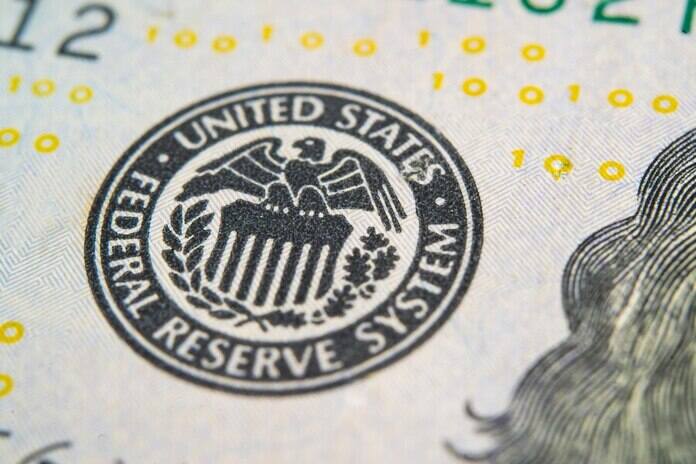Key Speech at Jackson Hole
Federal Reserve Chair Jerome Powell is set to address a critical juncture in the Fed’s inflation strategy this Friday at the annual Jackson Hole Economic Policy Symposium. His anticipated speech will likely outline the central bank’s plans for an interest-rate cut while aiming to assure investors of the Fed’s capability to avert a severe economic downturn.
High Stakes and Market Reactions
Powell’s remarks come at a pivotal moment for both the Federal Reserve and the $27 trillion Treasury market. With an interest-rate cut potentially on the horizon just seven weeks before the presidential election, Powell and his colleagues will face heightened scrutiny. The Fed is now shifting its focus from controlling inflation to monitoring the cooling labor market.
According to Joseph Brusuelas, chief economist at RSM US LLP, the key concern is whether there might be a policy error, which is causing the market to be unsettled about the Jackson Hole statement. Investors are eager to understand the Fed’s stance on potential policy changes, as July’s labor-market data led to significant market volatility.
Market Volatility and Fed’s Past Missteps
Recent volatility was triggered by July’s labor-market figures, which contributed to a 6% drop in the S&P 500 Index and prompted speculation about potential rate cuts. Powell and other Fed officials have historically guided inflation back towards their 2% target, but previous missteps in handling inflation during the pandemic have left officials wary of similar errors impacting employment.
Labor Market and Economic Concerns
Recent data show a slowdown in hiring and a rising unemployment rate, raising concerns that high interest rates might be pushing the labor market toward a tipping point. Economists also anticipate significant downward revisions to employment reports for the past year.
“There could be an argument for going a little bit faster upfront and then slowing,” said Matthew Luzzetti, chief US economist at Deutsche Bank, noting that such a strategy would gain traction if the labor market weakens further.
Inflation and Future Policy
Although inflation remains above the Fed’s 2% target, it has been decreasing. A key measure of underlying price pressures cooled in July for the fourth consecutive month. Pooja Sriram, an economist at Barclays, expects Powell to acknowledge that conditions may be ripe for policy adjustments, though it’s unclear whether he will explicitly signal September for a rate cut.
Balancing Act
Powell’s speech will need to strike a balance between addressing political pressures and not sending overly negative signals about the economic outlook. The Fed’s guidance on future rate cuts will depend heavily on upcoming data, including one additional jobs report and two inflation releases before the Federal Open Market Committee’s meeting in mid-September.
The symposium’s theme, “Reassessing the Effectiveness and Transmission of Monetary Policy,” highlights the Fed’s ongoing challenge of navigating post-pandemic economic conditions. Uncertainty remains about the neutral rate and how restrictive the current policy might be.
Future Outlook
Laura Rosner-Warburton, senior economist at MacroPolicy Perspectives, explained that the data will guide their decisions on the destination, allowing them to adjust their pace based on what the economy indicates.
As Powell prepares for his address, the market is keenly watching for signals on the pace and magnitude of future rate cuts, as well as how the Fed plans to navigate the evolving economic landscape.
Featured Image:









